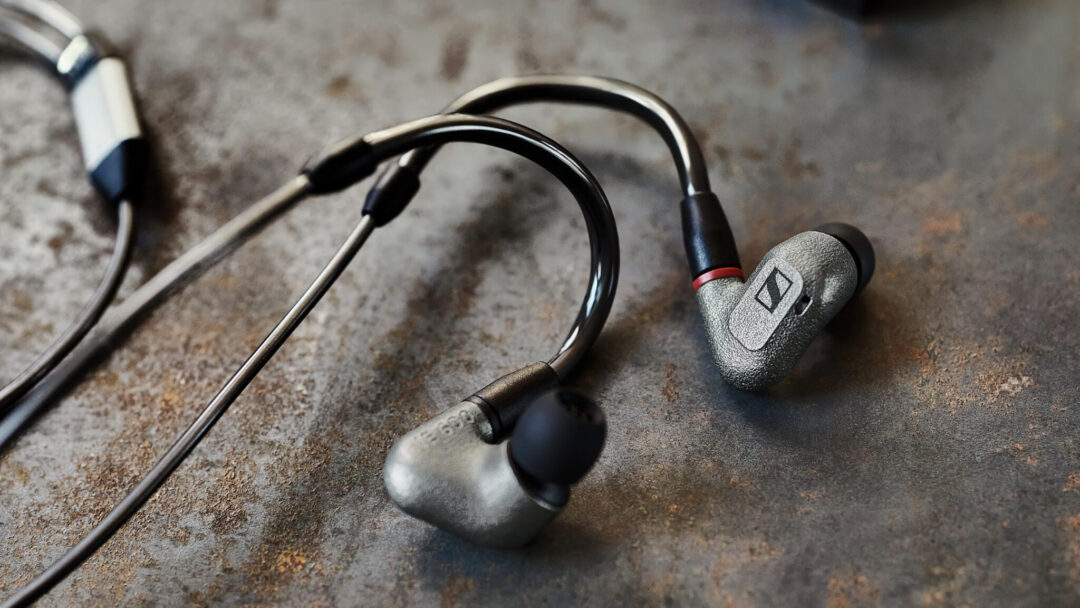With the high-end IE 600 earplug model, Sennheiser ignores everything about wireless sound. Cable is the way to go to get the most out of your favourite music. That means you can perfect the sound to your own taste with your favourite amplifier, and it also means musicians can use the plugs on stage. But it’s music lovers first and foremost that Sennheiser has in mind with the IE 600.
The IE 600 takes over from the now discontinued IE 800 S, which were among the very best hearing plugs I’d heard when I tested them back in 2018. With a huge soundstage, shiny resolution in the harmonics and utterly honest sound.
The problem was the dynamics, which were too tame, so the sound was more flat than I expected from a pair of high-end earplugs. That’s probably why Sennheiser launched the even more expensive IE 900 last year!
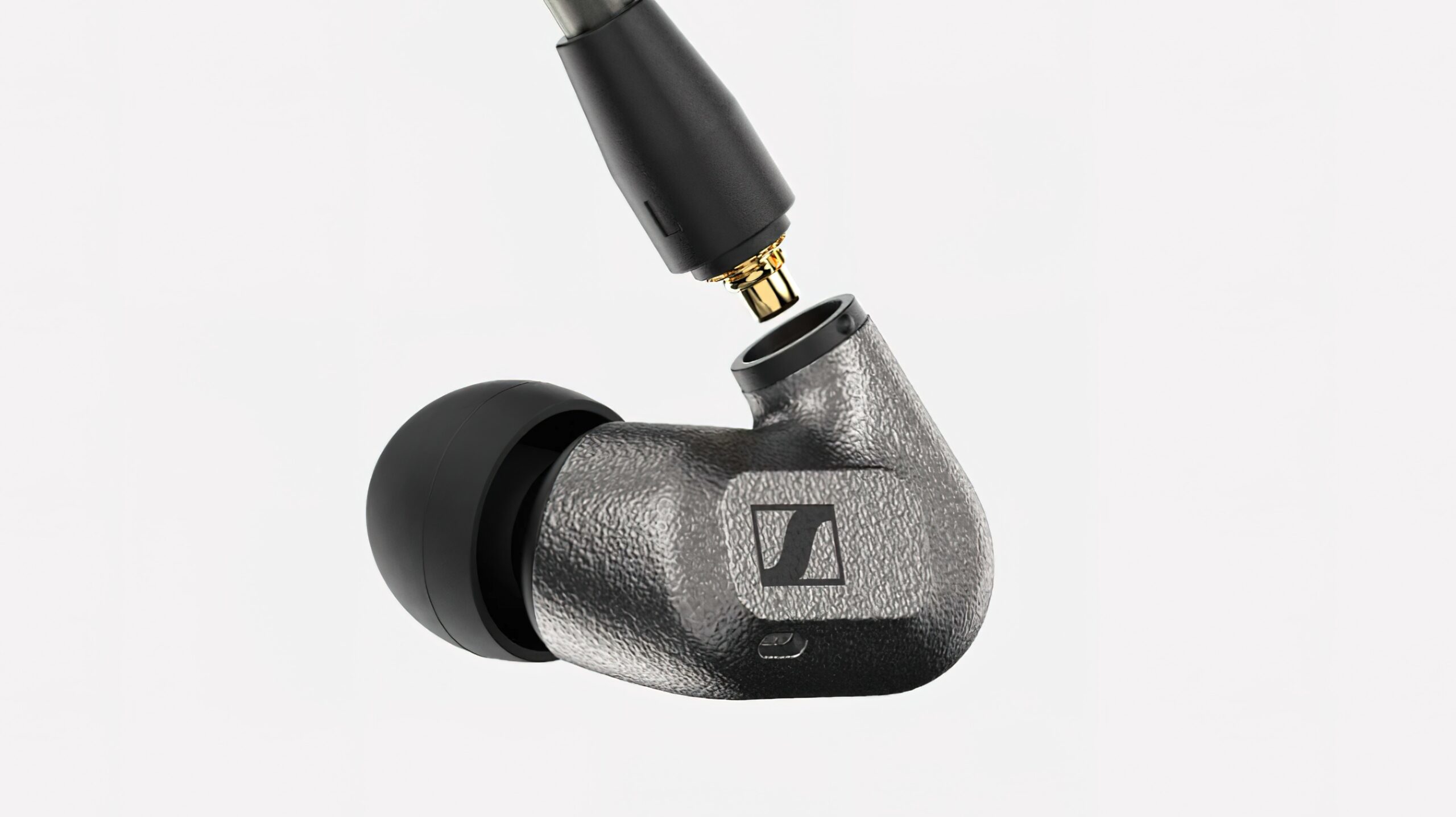
High expectations
So now the IE 600 is here, which at €699 is well below what the IE 800 S cost at launch. Hopefully, the new earbuds offer a few things we missed in its more expensive predecessor.
Without having finished testing the IE 900 yet, I can reveal that they have a significantly more explosive dynamic range than the IE 800 S, and I was also carried away by the booming drive of the new, cheaper IE 300. In other words, things are looking very good for the very latest addition, the IE 600.
NASA technology
The housings of the IE 600 are made via a special 3D printing process, using a metal structure called ZR01 amorphous zirconium. Here, the atomic structure is supposed to be more stable than in ordinary metal, so the metal in these earplugs has no weak points where they can crack or bend.
A similar metal structure has been used by NASA in the drill head of the Mars Perseverance spacecraft. Sturdy stuff, that is. And it feels that way when you hold them in your hand.
Sennheiser promises that the metal has “groundbreaking acoustic performance” and hopes that, along with brand new 7mm TrueResponse drivers, it will make the IE 600 a benchmark for the most discerning music lovers.
The earbuds were developed in Germany and manufactured at the company’s factory in Ireland. Said to have one of the world’s most advanced production processes of its kind, the IE 600 is designed to “deliver flawless acoustic and visual enjoyment for decades to come”.
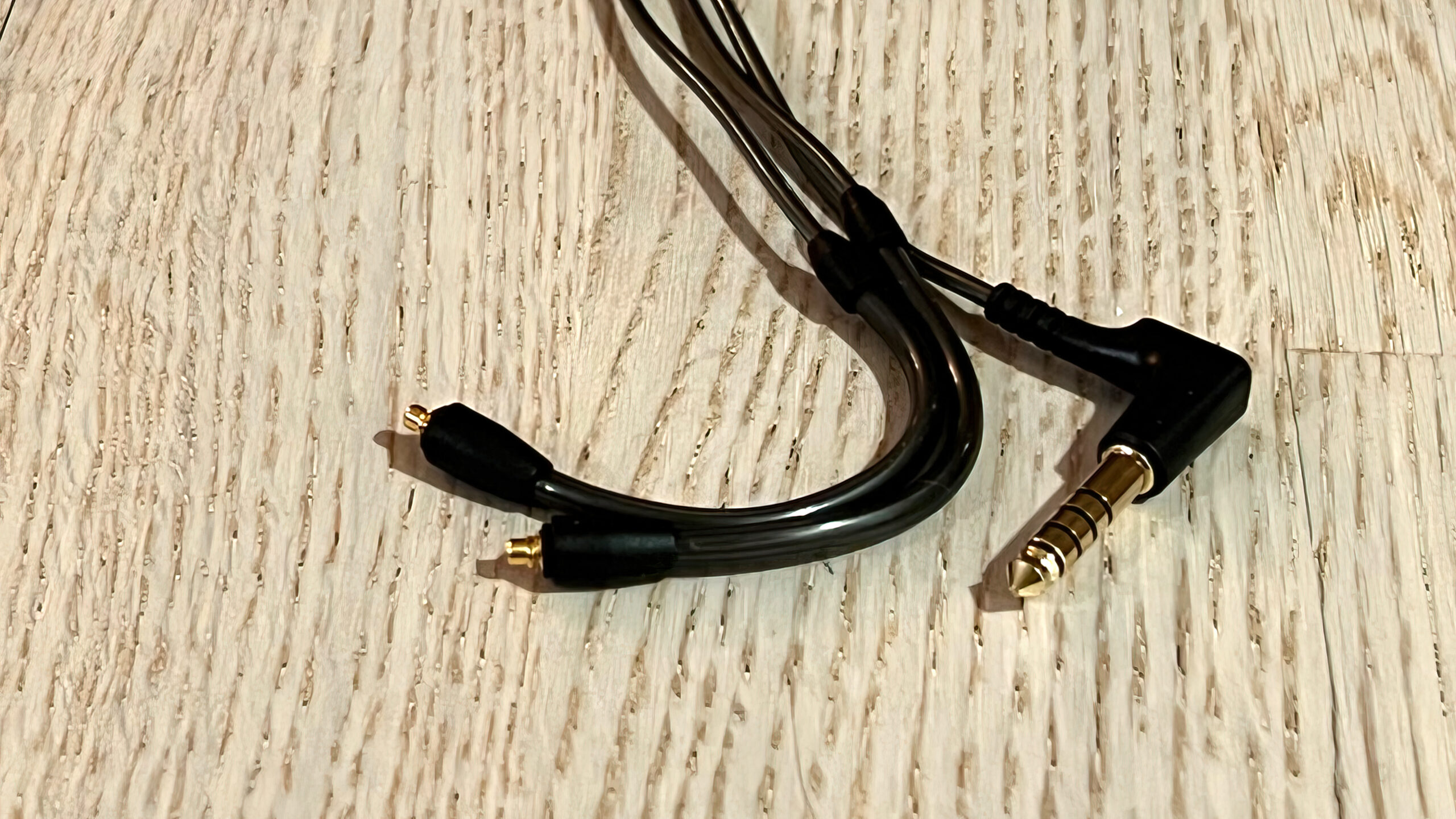
Low distortion
A special housing is designed to minimise reflections inside the cabinet, and an additional acoustic chamber is designed to eliminate resonances and reduce pressure differences for a cleaner and more detailed treble. So the listener gets even closer to the music.
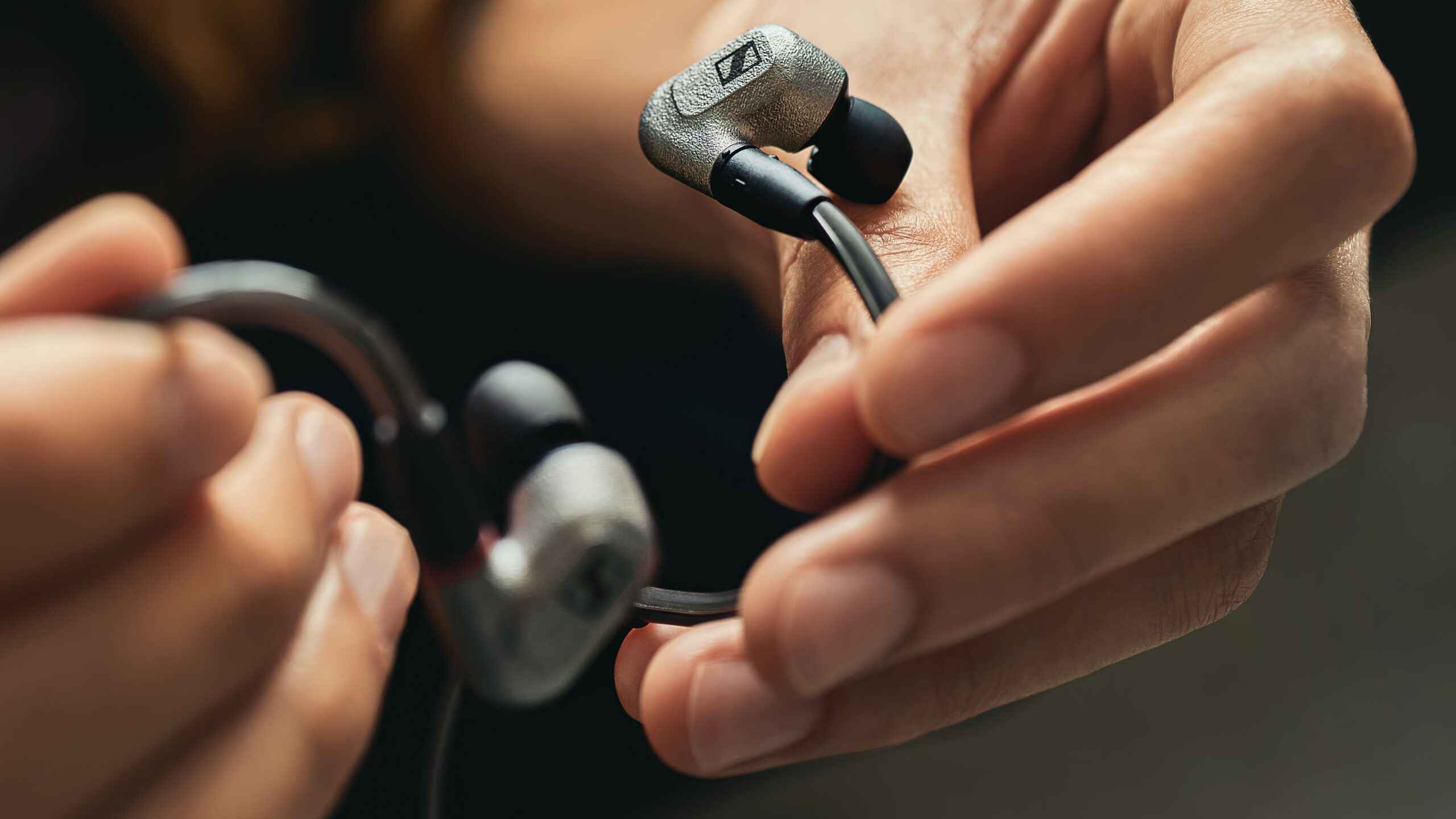
Custom fit
The IE 600 has gold-plated MMCX connectors that allow third-party cables up to 4.8 mm in diameter. Both unbalanced cable with 3.5 mm plug and balanced with 4.4 mm plug are included, and both are reinforced with wear-resistant para-aramid (kevlar).
Silicone and memory foam ear tips are also included, each in three sizes. Unlike the IE 800 S, the earplugs have earhooks for the best possible fit.
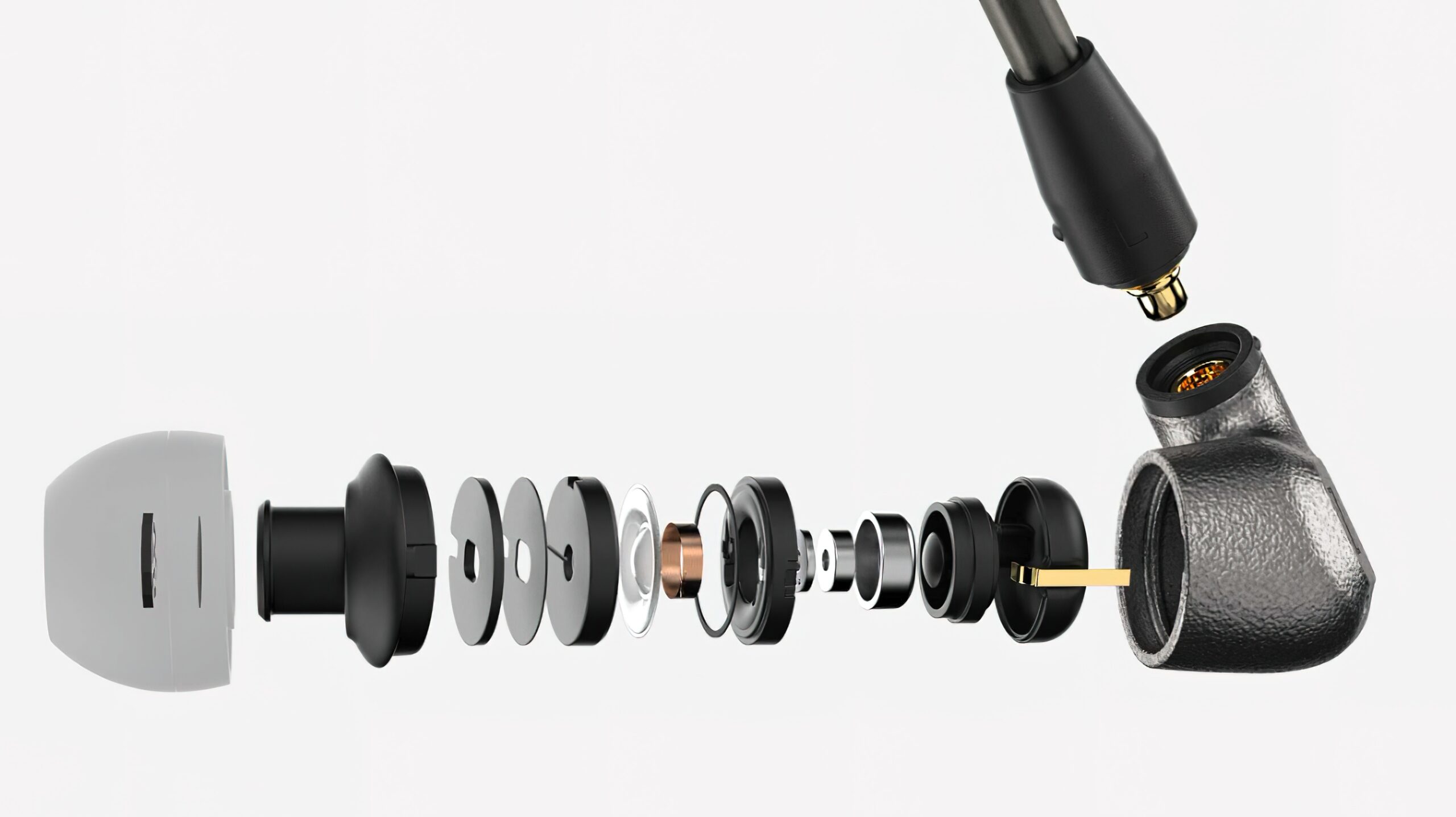
The sound of the Sennheiser IE 600
The Sennheiser IE 600 is a dream to listen to, especially in the disciplines of acoustic and classical music. And what a fantastic reproduction of singing voices!
Lucy Kay’s classic piece The Armed Man finally gets all the air I dreamed of with the IE 300. The violins have several layers of overtones. Here the space is larger and the sound leans more towards the neutral, where the IE 300 has plenty of punch and energy in the midbass and lower midrange, but perhaps lacks a bit of air and openness.
The earplugs are even more honest than the IE 300, yet warmer than the IE 800 S. They’re just a tad softer in impact than the IE 300.
The bass is deep and delicious, but there’s not the same life and punch in the tiniest tam-tams and the edge of the snare drum in the raw drum’n’bass track Out of Sight, Never Out of Mind by Bendik HK and featuring ARY on guest vocals. But the detail of the bass notes, the space and the resolution are better with IE 600. Significantly better. And the hearing plugs sound more immersive than the IE 800 S they replace.
You can hear that these are expensive earplugs, and on a lot of music they sound simply fantastic.
Lana Del Ray’s voice creeps into the cortex with a level of detail and intimacy I’ve barely heard before, in the serene ballad “Watercolor Eyes” from the TV series Euphoria. The steel guitar has a huge reverb, the distant percussion has both air and weight, and the sound is generally a good step above IE 300.
Bea Miller’s industrial number Playground from the animated TV series Arcane also gets a glorious heaviness through these earbuds. Again, not quite as tight in the mid-bass as the IE 300, but you can hear that the sound is “more expensive”, so to speak.
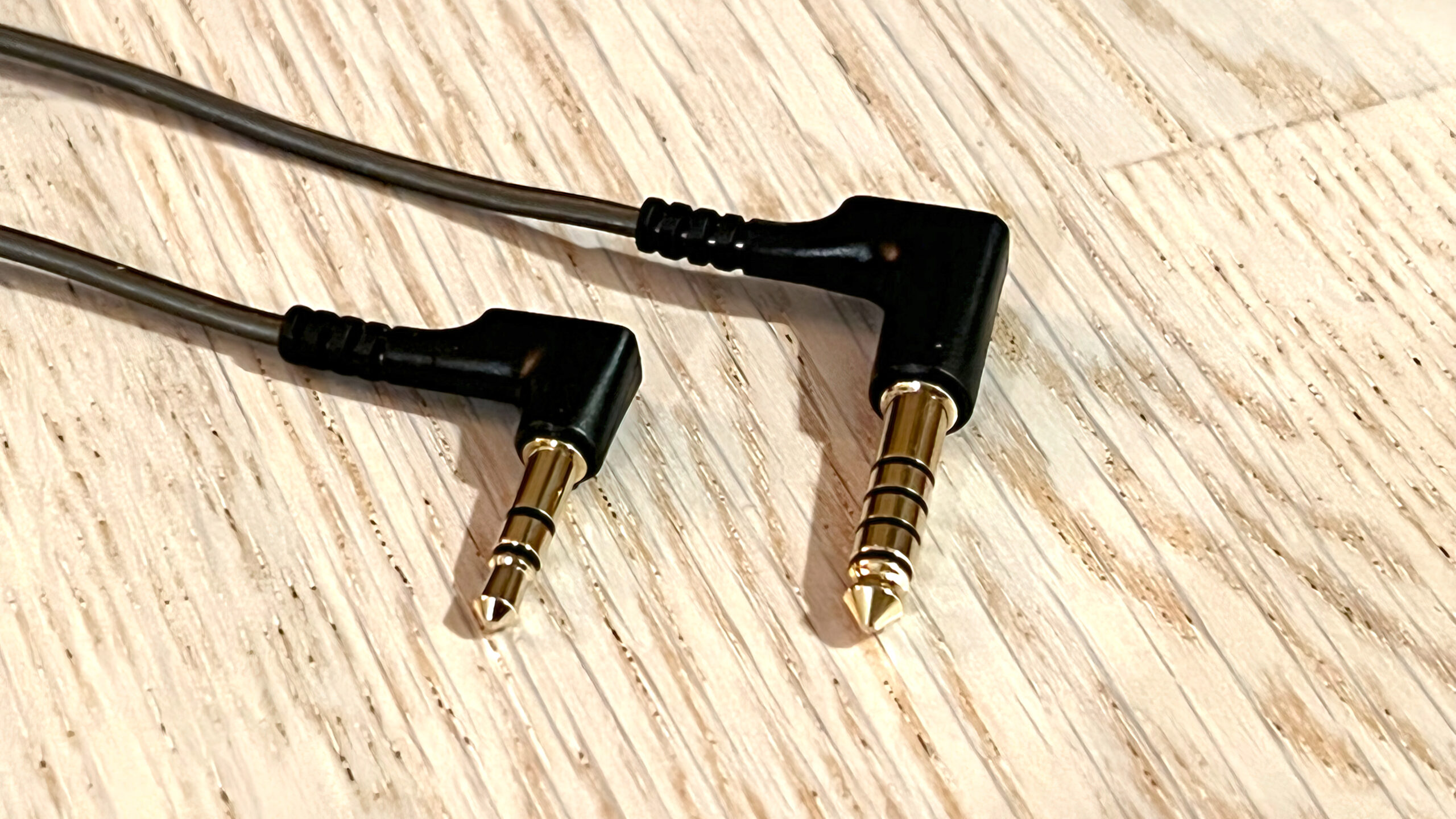
How to unleash the magic
All you need to make the IE 600 sound good is a pair of ears and a mobile phone with headphone output. Or an adapter. They’re so easy to drive, it’s no problem.
But it’s only with a proper amplifier that you can hear what they’re really capable of. A very simple upgrade for laptop users is the DragonFly Red or Cobalt, but for laptop use I think the Chord Mojo 2 would be a perfect match.
An affordable way to get more detail is with the Cayin RU6 (test coming soon), which also shows the digital resolution of the audio signal. Just be aware that you don’t get more power than directly out of the phone, just better sound. In fact, it goes into mute when overdriven, which means you can effectively play louder directly from the headphone output. But not with the same good sound.
During testing, I used my MacBook Pro, the Cayin RU6 portable DAC and amplifier, and finally the Sennheiser HDV 820 desktop. Which is totally overkill, but still great. The conclusion is that the IE 600 does not make particularly high demands on the amplifier. So buy the hearing aids first and look at the electronics second.

Competitors
Sennheiser has priced the IE 600 very reasonably. The earbuds sound far more neutral and honest than the AKG N40 and mop the floor with the RHA CL2. And they’re actually better than the even more expensive IE 800 S, too.
Here we are rather on a par with the Beyerdynamic Xelento Remote. Just more neutral in the bass. Looking at how I described the sound of the Xelento Remote back in 2017, I probably gave the impression that they were more linear than they actually are. Because there’s really a lot of energy in the bass there. Some might say just over the top.
The IE 600 sounds more balanced than that. I’m tempted to say that the model sits in the happy medium between them and the IE 800 S, and to my ears the earplugs also sound warmer and more infectious than the porky Sony IER-Z1Rs, which are both heavily driven and have a slightly overly energetic treble.
At this price, it really is amazing what Sennheiser have got out of a pair of earbuds.

Conclusion
I had a feeling that the Sennheiser IE 600 would be really good. Yet I was surprised at how good they actually are. It’s too easy to say that you get the sound of the IE 800 S, just with more pronounced bass. Because you do get that, but at the same time there are better dynamics and more life across the frequency band, and at the same time the earplugs seem more “musical”. The new Sennheiser earplugs therefore seem a MUCH better buy.
Compared to the cheaper IE 300, the 600 model is a little less energetic in the mid-bass, and they have a little less of that fierce aggression. They make up for that in resolution and a level of detail that the IE 300 can’t match, especially in the treble range.
At just below €700 I can’t think of any other earbuds I’d rather have. They are simply fabulous.
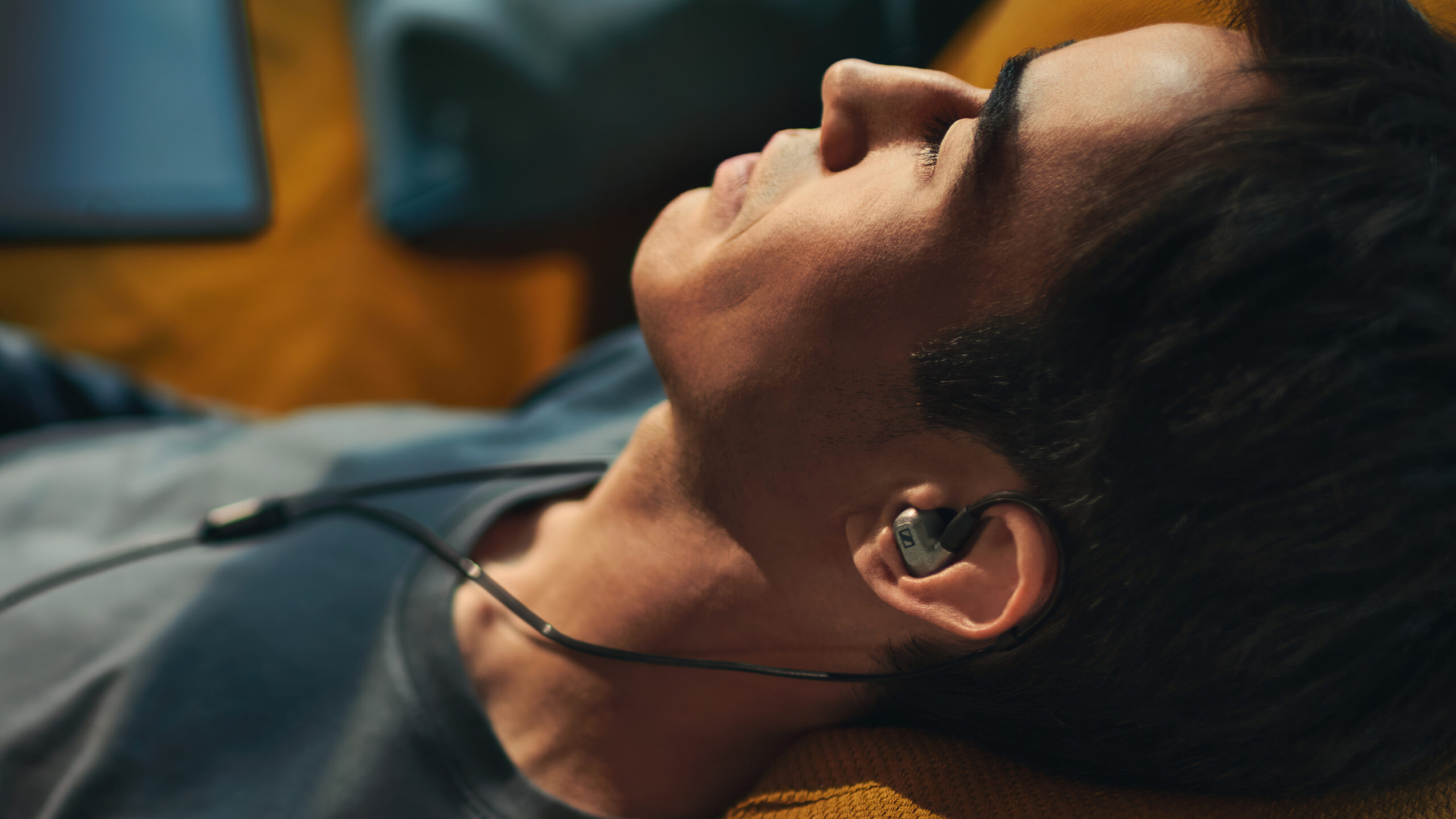

We think
Very high level of detail, lots of air and a huge soundstage. Among the most musical earbuds we've heard. Not the fiercest energy and punch in the middle bass. But who cares?
699 €
Specifications
- Principle: Dynamic
- Drivers: 7 mm
- Frequency range: 4 Hz – 46 kHz (linearity not specified)
- Impedance and sensitivity: 18 ohms / 118 dB (1 kHz/1 V RMS)
- Control/microphone: No
- Cable: 3.5 mm unbalanced, 4.4 mm balanced, 1.25 m (replaceable)
- Weight: 2 x 6 g (without cable)
- Web: sennheiser.com
